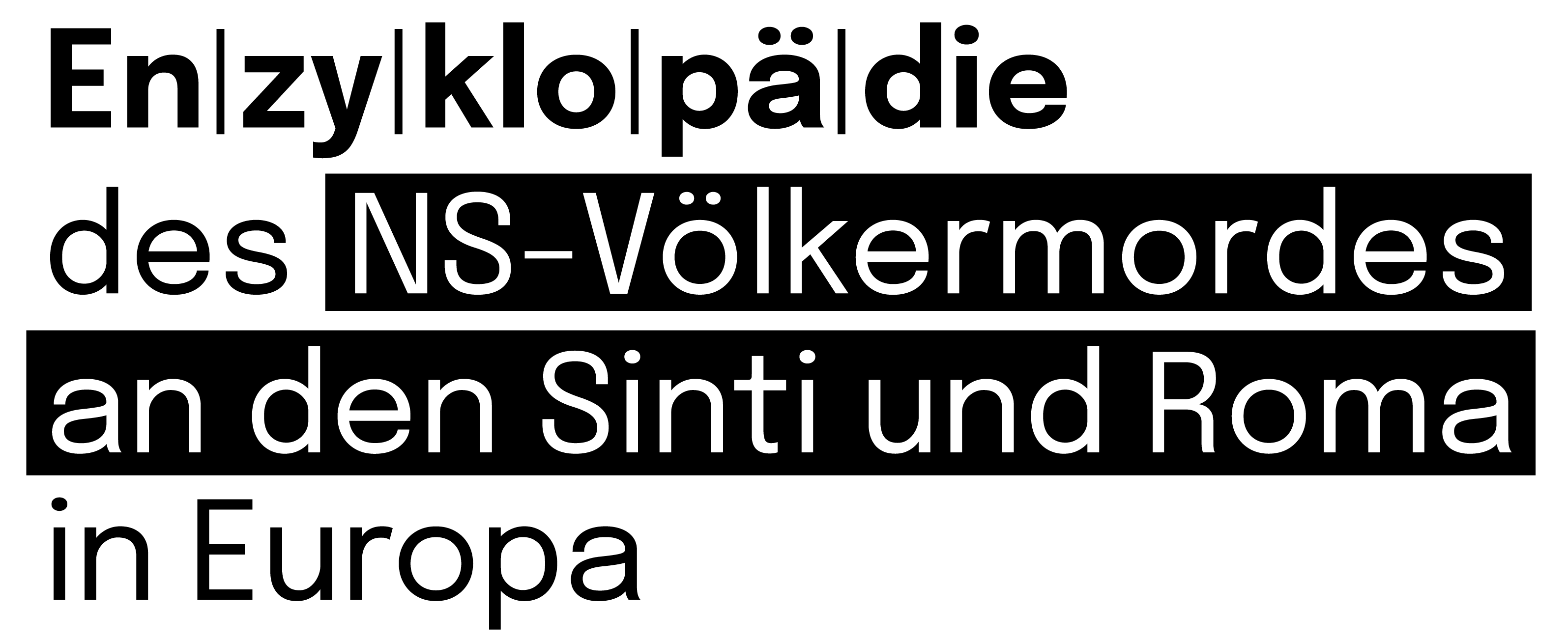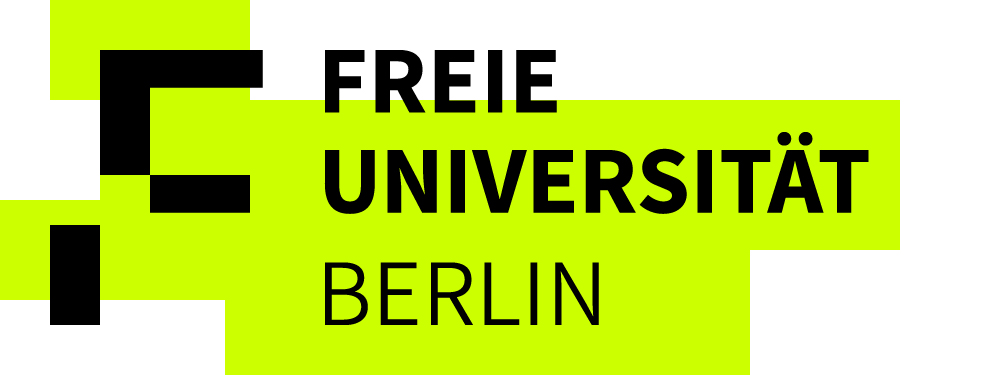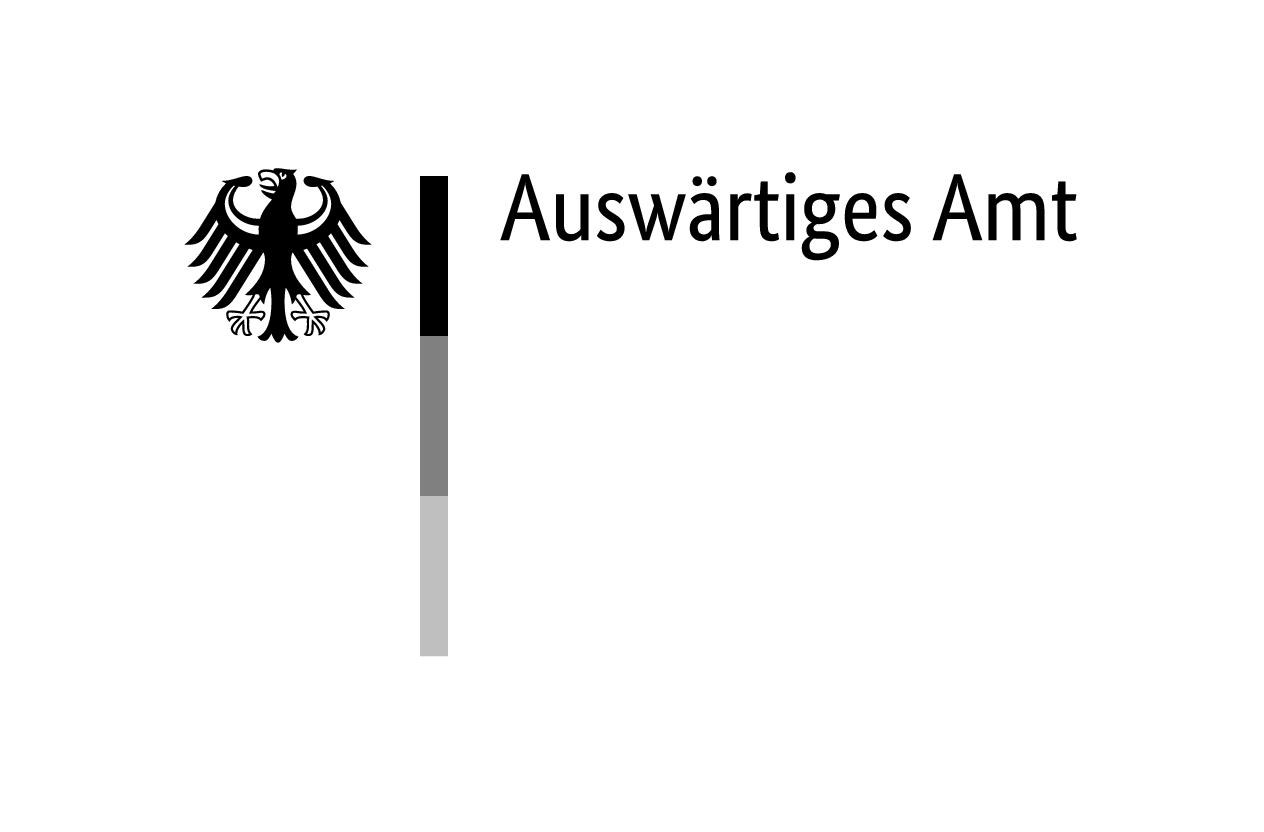Helena Czerwieniak, maiden name Siwak, was born on 1 May 1940 in Krynica, Nowy Sącz County, Poland, which was under German occupation at the time. Her mother, Maria Siwak (unknown–1940), who died during childbirth, and her father Asafan Czerwieniak (1912–1943) belonged to the Polish Carpathian Roma. The community lived in the multi-ethnic Carpathian borderland.
Before World War II, Carpathian Roma families typically owned small cottages with plots of land and earned their living through various trades. They worked as blacksmiths, broke stones for road construction, and performed as musicians at various events, including, among other things, entertaining spa guests in Krynica and performing at peasant weddings.1Bartosz, Nie bój się Cygana. Na dara Romestar [Do not be afraid of Roma], 94–95.
Murder of the Father
At the beginning of 1943, Asafan Czerwieniak was arrested and sent to Tarnów prison. He was deported to Auschwitz concentration camp on a transport from Kraków organised by the Sipo (Sicherheitspolizei) and SD (Sicherheitsdienst), which included 1,992 individuals. The deportees arrived at Auschwitz on 28 January 1943,2Piper and Strzelecka, Księga pamięci, 1639. and Asafan Czerwieniak was assigned prisoner number 95236.3Asafan Czerwieniak, Auschwitz Prisoner no 95236, https://ofiary.auschwitz.org/victims/51883 [accessed: 17/06/2025].
On 16 February 1943, he was imprisoned in the so called ‘Bunker’ in Block 11; he was among twelve prisoners who were suspected of preparing an escape.4Archive of the Auschwitz Birkenau State Museum (Polish: Państwowe Muzeum Auschwitz-Birkenau, APMO), D-AuI-1/109, Bunker Register, pp. 122–26, quoted from Czech, Auschwitz Chronicle, 332 f. Three days later, on 19 February 1943, he was murdered by a firing squad in front of the ‘Wall of Death’ in the courtyard of Block 11. Among the 14 men who were shot that day were three other Roma men: Józef Mirga (No. 95268) (1913–1943), Władysław Szczerba (No. 95312) (1922–1943), and Władysław Olszewski (No. 95300) (1912–1943).5Information regarding the execution from ‚Mężczyźni – transport z 28 stycznia 1943‘, https://ofiary.auschwitz.org/transports/767 [accessed: 17/06/2025].
The story of these four men illustrates that even before the implementation of the infamous Auschwitz Decree, which led to the imprisonment of thousands of Roma in Camp Section BIIe from 26 February 1943 onwards, there were Roma prisoners in the camp.
Survival
The orphan Helena Siwak survived thanks to the help of her grandfather Sawko Bladycz and Pelagia Siwak, whose biographical data are unknown. The couple, living in the town of Powroźnik, cared for the young girl along with 14 other Roma orphans whose parents had been sent to Auschwitz.
After the war, Helena Siwak was adopted by two survivors, Jan Czerwieniak (1898–1977) and his wife Maria Czerwieniak (1895–1966), who both had been sterilised by German physicians and therefore could not have children.
Relocation
In 1947, Helena Siwak and her adoptive parents, along with other approximately 120 Carpathian Roma from Nowy Sącz County who had survived Nazi persecution, were forcibly relocated to the so-called Ziemie Odzyskane [Recovered Territories]. These were former German territories that had become part of Poland. This relocation was part of a military operation known as Akcja Wisła [Operation Vistula], carried out by the Polish People’s Republic, that aimed to relocate thousands of Ukrainians in south-eastern Poland to the north-western parts of the country.
Initially, the Roma were transported to Paźdźiorno [German: Pohlsdorf], later moving to Lutynia [Leuthen] and Żródła [Borne]. Until 1954, Helena Siwak and her adoptive parents lived in Żródła, where they earned their living by maintaining their own farm.
As Helena Siwak spent her time grazing cows instead of attending school, she was taken from her adoptive parents and temporarily placed in an orphanage in Małkowice, before being moved to another orphanage in Biskupiec Reszelski, near Olsztyn, where she spent four years and trained as a seamstress. The adoptive parents moved to Środa Śląska [Neumarkt, Silesia].
In 1959, Helena Siwak married Jan Czerwieniak (1936–2013), a widower with two sons, and later gave birth to three children. From 1966 until her retirement, she and her husband were employed—like other Roma—at the Municipal Utility Company in Środa Śląska as manual workers. Until Jan Czerwieniak’s death in 2013, they lived very modestly.6Interview with Helena Czerwieniak (born 1940, Krynica, Poland) 20 December 2024, Środa Śląska, Poland, Interviewer: Justyna Matkowska; Prezydium Powiatowej Rady Narodowej w Środzie Śląskiej. Informacja, wykazy i sprawozdania dotyczące ludności cygańskiej zamieszkującej na terenie powiatu [Presidium of the District National Council in Środa Śląska. Information, lists and reports concerning the Romani population living in the district], 1962/73.
Witnessing
Like many other Roma survivors, Helena Czerwieniak was reluctant to share her wartime experiences. This was also true for those who were resettled in post-war western Poland, including Lower Silesia, Silesia, the Opole Voivodeship, and other areas. It also applied to Roma who later moved to Kraków and Nowa Huta for economic reasons, as well as those who remained in the Carpathian region.7See Bartosz, Nie bój się Cygana, 94.
The limited number of Roma who survived Nazi persecution, coupled with the fact that many were uneducated, fearful of communism, and facing poverty and widespread anti-Roma sentiment, means that there are significant gaps in our knowledge about how they suffered in the genocide. It was only in 2024 that Helena Czerwieniak talked in an interview about her life, wishing to raise awareness about the persecution and murder of Carpathian Roma.




